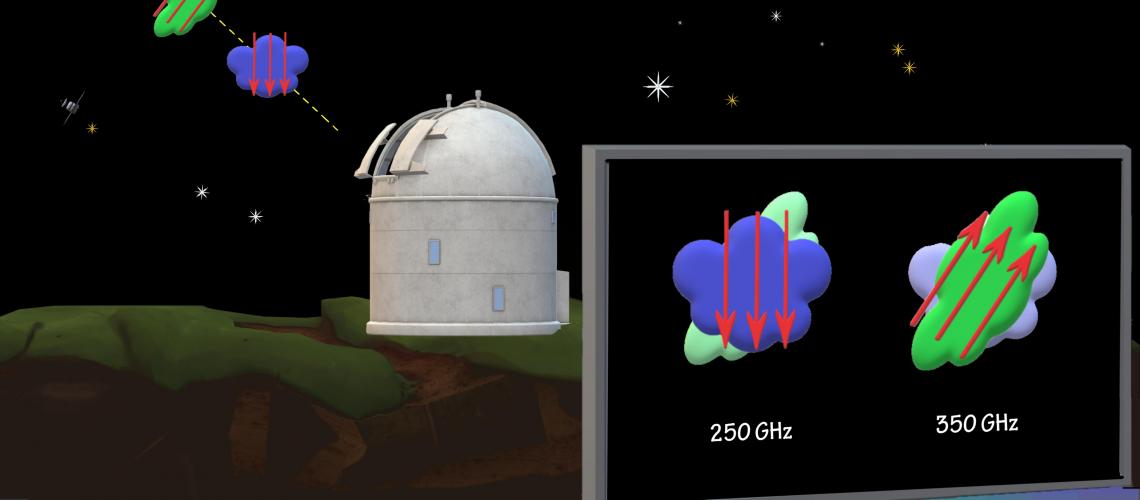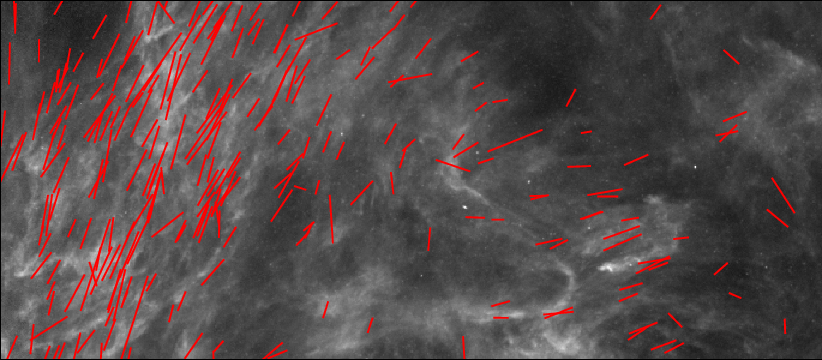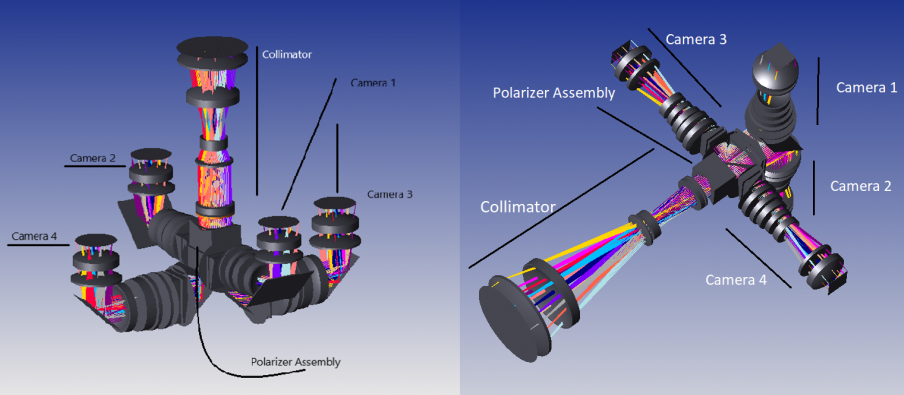PASIPHAE (Polar-Areas Stellar-Imaging in Polarization High-Accuracy Experiment) aims to map, with unprecedented accuracy, the polarization of millions of stars at areas of the sky away from the Galactic plane, in both the Northern and the Southern hemispheres. Combined with stellar distances provided by ESA’s Gaia mission, this data will allow us, for the very first time, to construct a tomographic map of the Galactic magnetic field. Our ultimate goal: to clear the path towards the detection of the imprint of inflation on primordial light.
The experiment is set to take place at the Skinakas Observatory, Crete, and the South African Astronomical Observatory in Sutherland, South Africa.
PASIPHAE (named after the Minoan Queen) is a collaborative effort of the Astrophysics Group in Crete (the joint Astrophysics group at the Foundation for Research and Technology-Hellas, the Institute of Theoretical and Computational Physics, the University of Crete, and the Skinakas Observatory) with the Inter-University Center for Astronomy and Astrophysics (IUCAA) in Pune, India (the world’s foremost laboratory of optopolarimeter design and development), the South African Astronomical Observatory, the California Institute of Technology in the US (including the Caltech Optical Observatories and the Owens Valley Radio Observatory), and the Institute of Theoretical Astrophysics at the University of Oslo.
The experiment is coordinated by the PASIPHAE Management Panel: Konstantinos Tassis (chair, University of Crete), A. Ramaprakash (IUCAA), Tony Readhead (Caltech), Steve Potter (SAAO), and Ingunn Wehus (Oslo). PASIPHAE is supported by the European Research Council through an ERC Consolidator grant, and it is made possible by a very large amount of observing time, generously committed by the Skinakas Observatory at its 1.3 m telescope, and the South African Astronomical Observatory at its 1.0 m telescope.
PASIPHAE is based on the unique, innovative, low-systematics, high-efficiency technology of WALOP (the Wide-Area Linear Optical Polarimeters). The WALOPs are designed specifically for this purpose and are currently under development at IUCAA, under the leadership of A. Ramaprakash. Their development is made possible by the support of the Infosys Foundation, the Stavros Niarchos Foundation, the National Science Foundation, and the South African National Equipment Program.
The PASIPHAE polarimetric map will be used to perform magnetic tomography of the Galaxy: it will allow to deduce the 3-dimensional structure of the magnetic field and the dust that resides in our own Galaxy. This dust acts as the primary foreground in experiments targeting the polarization of the cosmic microwave background in their quest to probe the first instants of the Universe, as well as the, yet-unknown, physics of gravity at unprecedentedly high densities and temperatures.
PASIPHAE will open an invaluable and vastly under-explored window to the Universe, through the study of starlight polarization. Beyond studies of the early Universe, the survey will lead to leaps forward in some of the most actively pursued areas in Astrophysics, including high-energy astrophysics, stellar astrophysics, and interstellar medium dynamics.
More detailed description of the project can be found in our white paper.













